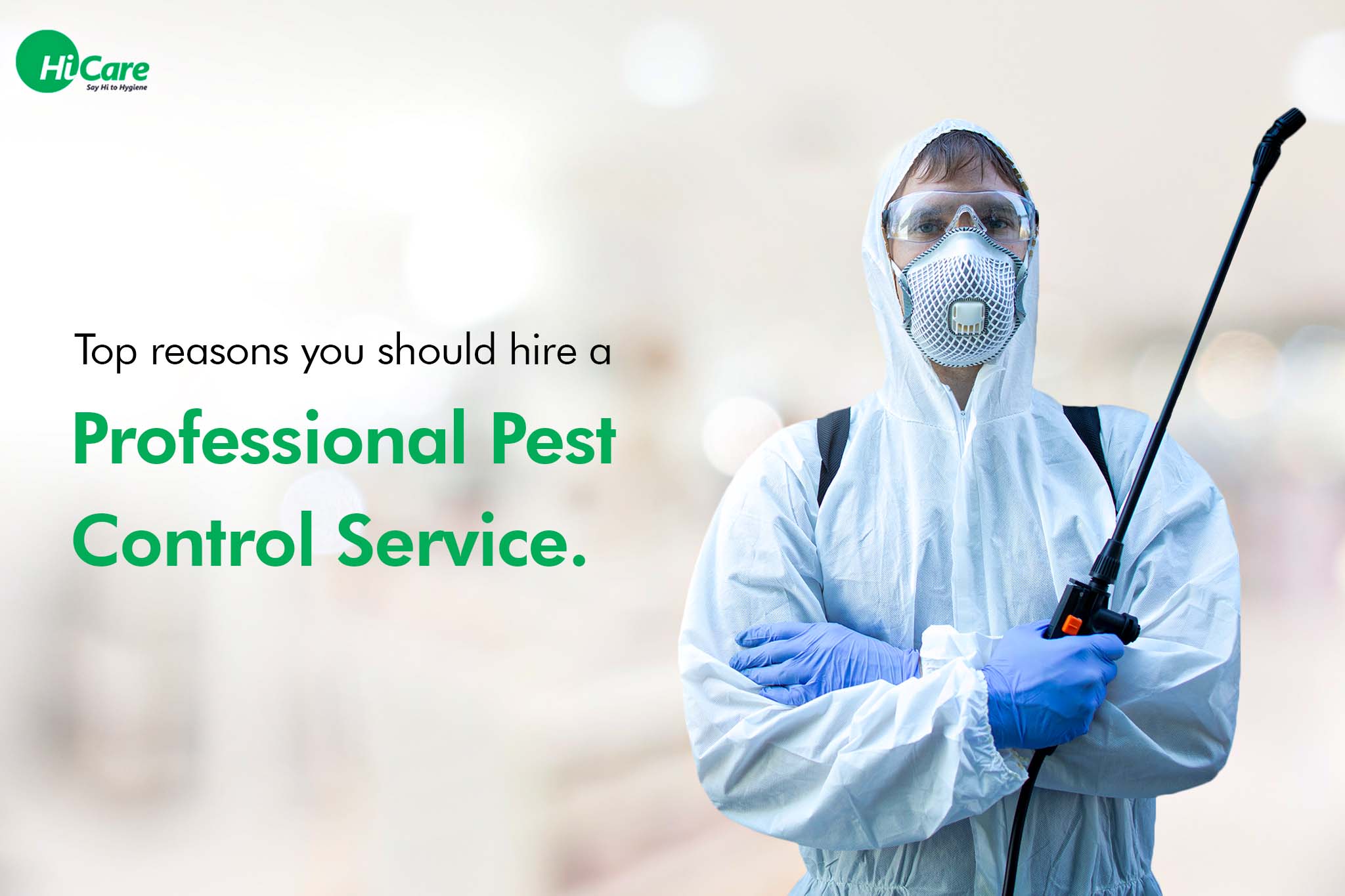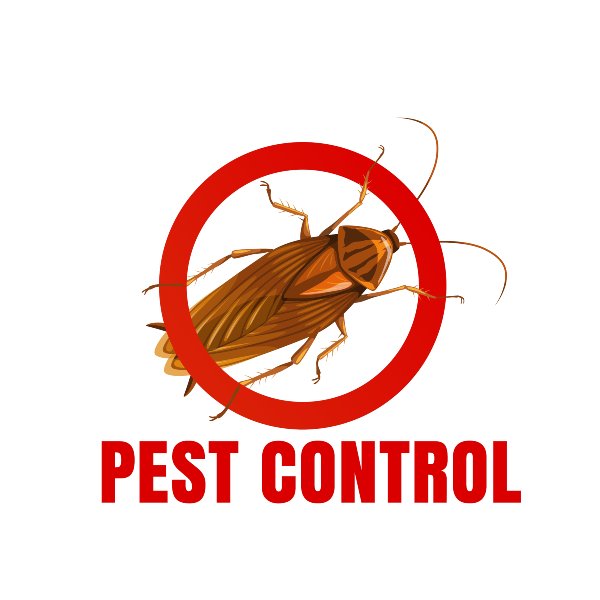Effective Bug Control Solutions: A Comprehensive Check Out Elimination Techniques and Avoidance Procedures
In the world of insect control solutions, the effective monitoring of infestations requires a thorough strategy that combines different strategies and actions for both obliteration and avoidance. From Integrated Bug Management (IPM) techniques that prioritize lasting remedies to chemical extermination methods made for targeted removal, the arsenal versus insects is multifaceted and huge.

Integrated Parasite Management (IPM) Techniques
Integrated Pest Management (IPM) Methods encompass a detailed technique to pest control that concentrates on control, tracking, and prevention techniques to properly handle parasite populaces. By integrating numerous techniques, IPM intends to reduce the impact of parasites while additionally decreasing the reliance on chemical pesticides. Prevention exists at the core of IPM, emphasizing techniques like proper sanitation, maintenance of hygiene, and securing entrance points to deter parasites from infesting structures. Monitoring plays a critical duty in IPM by on a regular basis inspecting and determining parasite levels to determine the ideal treatment limits. Control techniques in IPM focus on the usage of physical, biological, and social approaches prior to transforming to chemical treatments as a last hope. These approaches consist of presenting natural killers, habitat adjustment, and using trapping devices to keep insect populaces in check. Generally, IPM promotes a ecologically mindful and lasting method to pest administration, advertising long-term remedies that safeguard both human health and the community.
Chemical Elimination Methods
Chemical elimination methods are commonly used in parasite control solutions to successfully eliminate pest populaces that pose a threat to human health and wellness and property. These strategies entail using different chemical materials particularly designed to target and get rid of insects such as insects, rodents, and other undesirable creatures. The application of chemicals, pesticides, rodenticides, and other chemical representatives is very carefully regulated to make certain optimum performance while lessening dangers to human beings, pets, and the environment.
Among the vital advantages of chemical elimination techniques is their capability to offer quick and targeted results, making them particularly beneficial in instances of extreme infestations or urgent parasite control demands - portland exterminators a1 for bed bugs. However, it is vital to highlight the relevance of correct handling, application, and disposal of these chemical products to stop unplanned damage
Moreover, integrated parasite management (IPM) techniques commonly integrate chemical elimination methods with other approaches such as cleanliness, habitat adjustment, and organic controls to create a thorough and sustainable pest control method. By incorporating chemical elimination techniques carefully within an IPM structure, parasite control solutions can properly handle bug populaces while reducing potential risks to human health and wellness and the setting.
Biological Insect Control Approaches
Utilizing natural predators and parasites to manage parasite populaces is a sustainable technique referred to as organic insect control. This strategy harnesses the all-natural mechanisms of the ecosystem to regulate pest populations without counting on artificial chemicals. One usual organic control method entails introducing all-natural enemies of the target parasite varieties, such as ladybugs for aphid control or nematodes for termite problems. These all-natural killers prey on the insects, helping to keep their populaces in check.
Another reliable biological control strategy is the usage of microbial pesticides. These are naturally taking place microorganisms, such as fungis, microorganisms, and infections, that particularly target and contaminate particular parasite species. By making use of these microbial agents, parasite populaces can be effectively decreased without damaging beneficial organisms or creating injury to the atmosphere.
Physical Insect Prevention Procedures
Implementing physical pest prevention procedures involves utilizing obstacles and structural modifications to hinder pests from entering or infesting a home. Installing door sweeps, screens on home windows, and sealing splits in the foundation can aid stop bugs like pests and rats from gaining gain access to indoors.
One more physical avoidance action is using barriers like secure fencing to maintain bigger parasites such as deer or raccoons far from the building. Installing mesh or cable displays around yards can protect plants from being damaged by pests. Correct waste administration, consisting of securing wastebasket with tight-fitting covers, is crucial in preventing parasites like bugs, rats, and raccoons. By executing these physical pest avoidance procedures, home owners can considerably lower the risk of pest invasions and the damages they can cause.
Professional Parasite Assessment Procedures
Conducting extensive and organized parasite inspections is an essential aspect of specialist pest monitoring methods. Specialist parasite inspectors are educated to carefully check out properties for indications of invasions, determining pest varieties, access factors, and conducive conditions.

Verdict
To conclude, reliable pest control services use a variety of strategies, including Integrated Bug Monitoring techniques, chemical elimination methods, organic controls, and physical prevention measures. Specialist bug inspection procedures play a vital duty in determining and dealing with pest concerns in a prompt way. By executing a mix of these techniques, homeowner can successfully protect against and manage insect invasions.
From Integrated Bug Monitoring (IPM) approaches that focus on lasting remedies to chemical extermination techniques made for targeted elimination, the arsenal versus pests is substantial and multifaceted.Integrated Pest Administration (IPM) Approaches encompass a comprehensive strategy to pest control a1 portland bed bug exterminator that concentrates on control, prevention, and monitoring methods to effectively manage parasite populations.Chemical elimination strategies are frequently utilized in pest control solutions to efficiently remove pest populaces that pose a danger to human health and property.Utilizing natural killers and parasites to handle bug populaces is a lasting approach recognized as biological insect control.In conclusion, efficient bug control services employ a variety of techniques, consisting of Integrated Pest Management methods, chemical extermination approaches, biological controls, and physical avoidance steps.